It is no easy task for a new player to break into a team that has just won a premiership six months earlier. That he did so, says a lot about the quality of John Bonney as a footballer.
John Bonney passed away on February 20 at the age of 75.
He had a superb footballing record in Tasmania and instantly slotted into the Saints team from the opening round of 1967. Tough, fast, and a classy user of the ball, Bonney possessed a Robert Harvey like twinkle toed aptitude for skipping out of congested situations and setting himself up to create play down the field.
Bonney was a man who relished a challenge and when he decided the time was right to cross Bass Strait to Victoria he did not intend to take the soft option of joining a lowly team where he could easily get a game. He rang Collingwood’s secretary Peter Lucas to ask about coming to Victoria Park, and git the impression that Lucas wasn’t convinced that a top flight player would need to push his own case. Bonney then phoned St Kilda and assistant secretary Allan Schwab said he would fly to Tassie the next day to sign him up.
Bonney had been courted by Richmond and Essendon a few years earlier at the age of 16, but he had wanted to play for Tasmania in the Australian championships that were held in Tassie in 1966.
Named on the bench for the opening game of 1967, fate opened a door when winger Jeff Moran went down early with an injury. Looking back years later he made an admission that players only usually concede. “When Jeff went down I hoped he would stay down so I could get a run. I was pleased with the way I played and kicked a couple of goals.”
In Tasmania he had played mainly as a centreman, but the pivot role was held by Ian Stewart who had won the previous two Brownlow Medals. Bonney quickly adapted to being a winger and displayed the rare mix of well refined skills with total hardness. Over the years his nose was broken nine times and he never took a backward step.
One of his worst injuries came on a tennis court where he tripped and broke his leg so badly that from then on he predominantly used his other leg for kicking the footy- “I was a right footer but could kick longer with my left foot.” The worst injury of all was suffered on a footy field at the age of 15 when a wildly aimed kick from an opponent broke an artery in his stomach and ruptured his spleen. He almost died as a result of that injury.
His time at St Kilda was stop-start. He played from 1967 to 1969, 1971, 1973 and 1976. The family had a trucking business in Tasmania and there was always pressure to return home, especially when his father became ill. In 1969 Bonney would fly in from Tasmania and stay at the hotel owned by long-time Saints family, the Khyats. He spent the 1970 season back in Tasmania winning the Lefroy Medal as Tasmania’s best player in a surprise win over Western Australia, then was back with the Saints in 1971 when he had possibly his best year at the club. He had been a regular state team representative for Tasmania and added a 1971 Big Vee guernsey for Victoria, he counted playing alongside John Nicholls and Leigh Matthews as one of his biggest thrills in football.
Knee problems in 1973 saw him return to Tasmania but his form back home was too hard to ignore and Richmond then North pursued him only to be told “If I play with anyone it would be St Kilda”. He made a return to the Saints in 1976, but injuries restricted his appearances.
Home in Tasmania he captain-coached his old club Cooee to the 1978 premiership. As a youngster he had played in the Cooee flag sides of 1964 and 1965. In a previous sojourn at home in 1974 he had captain-coached Burnie to the 1975 flag.
Bonney added to the long line of star Tasmanian born players who carved a niche in St Kilda history starting with Vic Barwick in the early 1900s and extending through Darrel Baldock, Ian Stewart , Verdun Howell and eventually Nick Riewoldt.
Family and friends are invited to attend a service to celebrate John Bonney’ life at the Eastern Park Chapel, 271 Raglan Parade, Warrnambool on Tuesday, February 22nd, commencing at 11am.


